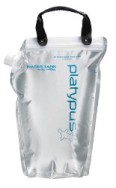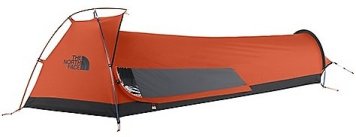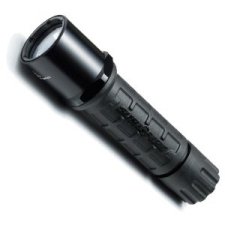In the event of a disaster or emergency you may be required to evacuate your location on short notice. Having some basic items available will increase your chances of survival. Because time is critical you will want to have these items prepared in advance. In the Survivalist and Prepping communities, these are know as a BoB (Bug-Out-Bag), BoK (Bug-Out-Kit) or a Go-Bag.
Once you have decide it's "time to go". Whether your trying to get from your office across town to your home, or home to a Safe House across the country. You should have a plan in place for any evacuation necessary. Keeping a BoB with you at all times may not be practical so consider storing kits at multiple locations. Some obvious choices to consider are your home, automobile, or even at work.
Management and disaster relief organizations responsible for relief efforts suggest it could take as long as seventy two hours to respond to emergencies, some experts advise that you plan on 5 days or longer.
A BoB should not be confused with a Survival Kit, or a Fixed-Site Disaster Kit.
BAG
The type of "bag" you select for your BoB is critical. Your choice is more than likely is going to be a backpack, you can use this link to assist in selecting one that best fits your requirements.
CONTENTS
- Water:
After oxygen, water is the single most important nutrient our body requires. An average person can not survive beyond three to five days without water. To maintain efficiency, water lost from sweating and normal respiration must be replaced. Water is also needed for processing the foods we eat. The Red Cross and FEMA state 1 gallon of water per day for food preparation and drinking, with an additional .75 gallons for hygiene are required.
Because of the weight limitations of water, a gallon weighs 8.35 lbs, if you plan on the minimum 3 days of water that equates to 25 lbs. of water, add in the water for hygiene and your carrying 43.8 lbs. It is critical to have the ability to acquire water as you go. If a "Bug-Out" is required, boiling water may not be an option. An alternative would be to filter or chemically treat water you find.
Filtering
Filters are effective at removing most biological contaminates, particulate matter, and some chemical contaminates. Filtering has the advantage of treating water for immediate consumption, but has the disadvantages of extra weight and the possibility of failure or clogging. It is a good idea when using filtering as the primary method of water treatment to carry a backup chemical treatment.
- Katadyn Pocket Filter
Chemicals
Chemical treatments have the advantages of being very light weight and very effective at treating bacteria and viruses, but they will not remove particulate matter, may not destroy all the microorganisms present in the water, and require a time delay usually anywhere from 20 to 30 minutes or more before the water is ready to drink.
- Katadyn Micropur Purification
- Food:
- Freeze-Dried Meals
- Vitamins
- Snack bars
Figure a bare minimum of 2000 calories of food with 60 grams of protein per day, biased heavily towards starches. Even though circumstances may prevent you from cooking you should have the ability to prepare both hot and cold meals. MRE's are good but they are heavy, even when broken down. Freeze dried foods offer the ability to prepare a hot meal and weigh very little, makeing the ideal for Go-Bags. An excellent choice for on the move meals are energy bars they are a good source of calories and provides important energy during an emergency. Vitamins should be utilized as a supplement to your daily nutrition.
- Cookware:
- Brunton - MY-Ti Folding Spork
- Jetboil - 1.5 L Cooking Pot
Weight is a primary consideration for all contents of your G0-Bag, keeping that in mind cookware should be kept to a minimum.
- Clothing:
- Durable clothes with underwear
- Climate appropriate outer wear, gloves, and hat.
- Boots with extra socks
- Impact resistant Sunglasses
When preparing clothing for an bug out bag, comfortable, non-restricting clothing should be chosen. Keep in mind that you are preparing for any given situation. Just because you have a warm home, or automobile does not mean that it will always be there. If you are forced to walk in the elements, you must prepare for that. This is a choice heavily dependent on your Climate and Season, along with personal comfort levels.
A nice basic set up should look something like this Clothing Layer System:
- Communications:
- A cellular phone
- A list of important phone numbers.
- Pre-Paid Phone card
- A shortwave radio.
- Medical:
- Advanced first aid kit.
- Spare eyeglasses and/or extended wear contacts with solutions.
- Unfilled prescriptions.
- OTC Pain reliever
- Sun Block
- Insect Repellent
- Hygiene:
- Soap
- Tooth Brush w/Paste
- Feminine Products
- Toilet Paper
The importance of proper hygiene is magnified when the body is under stress. The prevention of infection should be a top priority.
- Defense:
- Pistol
- Ammunicition
- Cleaning Kit w/spare parts
- FAK w/2 combat dressings




